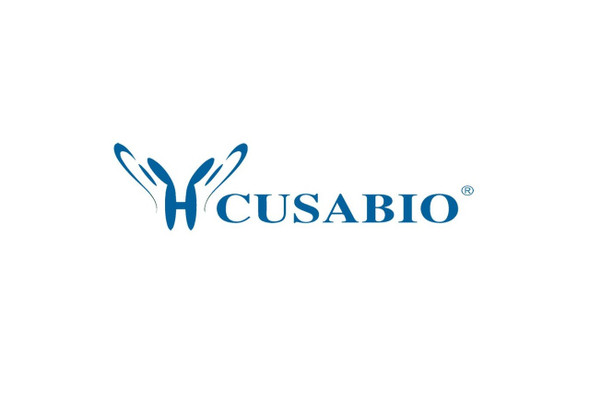Cusabio Virus & Bacteria Recombinants
Recombinant Macrococcus caseolyticus Oleate hydratase (MCCL_0076), partial | CSB-EP497608MPA
- SKU:
- CSB-EP497608MPA
- Availability:
- 13 - 23 Working Days
Description
Recombinant Macrococcus caseolyticus Oleate hydratase (MCCL_0076), partial | CSB-EP497608MPA | Cusabio
Alternative Name(s): Oleate hydratase(EC 4.2.1.53)(Fatty acid double bond hydratase)(Fatty acid hydratase)
Gene Names: MCCL_0076
Research Areas: Others
Organism: Macrococcus caseolyticus (strain JCSC5402)
AA Sequence: MYYSNGNYEAFARPKKPEGVDNKSAYLVGSGLASLAAASFLIRDGQMKGENIHILEELDLPGGSLDGILNPERGYIMRGGREMENHFECLWDLFRSVPSLEVEDASVLDEFYWLNKEDPNYSKCRVIENRGQRLESDGKMTLTKKANKEIIQLCLMKEEQLNDVKISDVFSKDFLDSNFWIYWKTMFAFEPWHSAMEMRRYLMRFIHHIGGLADFSALKFTKFNQFESLVMPLIEHLKAKNVTFEYGVTVKNIQVECSKESKVAKAIDIVRRGNEESIPLTENDLVFVTNGSITESTTYGDNDTPAPPTSKPGGAWQLWENLSTQCEEFGNPAKFYKDLPEKSWFVSATATTNNKEVIDYIQKICKR
Source: E.coli
Tag Info: N-terminal 6xHis-tagged
Expression Region: 1-367aa
Sequence Info: Partial
MW: 45.5 kDa
Purity: Greater than 85% as determined by SDS-PAGE.
Relevance: Catalyzes the hydration of oleate at its cis-9-double bond to yield 10-hydroxyoctadecanoate. Cannot catalyze the reverse reaction. Is not active with saturated fatty acids and trans-, cis-5-, cis-6-, cis-8-, cis-11-, cis-13-, cis-14-, and cis-15-double bond unsaturated fatty acids as substrate; is only active on cis-9- and/or cis-12-double bond of unsaturated fatty acids without any trans-configurations, producing 10-hydroxy and 10,13-dihydroxy fatty acids. The hydration of unsaturated fatty acids is suggested to be a detoxification mechanism and a survival strategy for living in fatty acid-rich environments.
Reference: "Biochemical characterization and FAD-binding analysis of oleate hydratase from Macrococcus caseolyticus." Joo Y.C., Jeong K.W., Yeom S.J., Kim Y.S., Kim Y., Oh D.K. Biochimie 94:907-915(2012)
Storage: The shelf life is related to many factors, storage state, buffer ingredients, storage temperature and the stability of the protein itself. Generally, the shelf life of liquid form is 6 months at -20?/-80?. The shelf life of lyophilized form is 12 months at -20?/-80?.
Notes: Repeated freezing and thawing is not recommended. Store working aliquots at 4? for up to one week.
Function:
Involvement in disease:
Subcellular Location:
Protein Families:
Tissue Specificity:
Paythway:
Form: Liquid or Lyophilized powder
Buffer: If the delivery form is liquid, the default storage buffer is Tris/PBS-based buffer, 5%-50% glycerol. If the delivery form is lyophilized powder, the buffer before lyophilization is Tris/PBS-based buffer, 6% Trehalose, pH 8.0.
Reconstitution: We recommend that this vial be briefly centrifuged prior to opening to bring the contents to the bottom. Please reconstitute protein in deionized sterile water to a concentration of 0.1-1.0 mg/mL.We recommend to add 5-50% of glycerol (final concentration) and aliquot for long-term storage at -20?/-80?. Our default final concentration of glycerol is 50%. Customers could use it as reference.
Uniprot ID: B9E972
HGNC Database Link: N/A
UniGene Database Link: N/A
KEGG Database Link: N/A
STRING Database Link: N/A
OMIM Database Link: N/A






